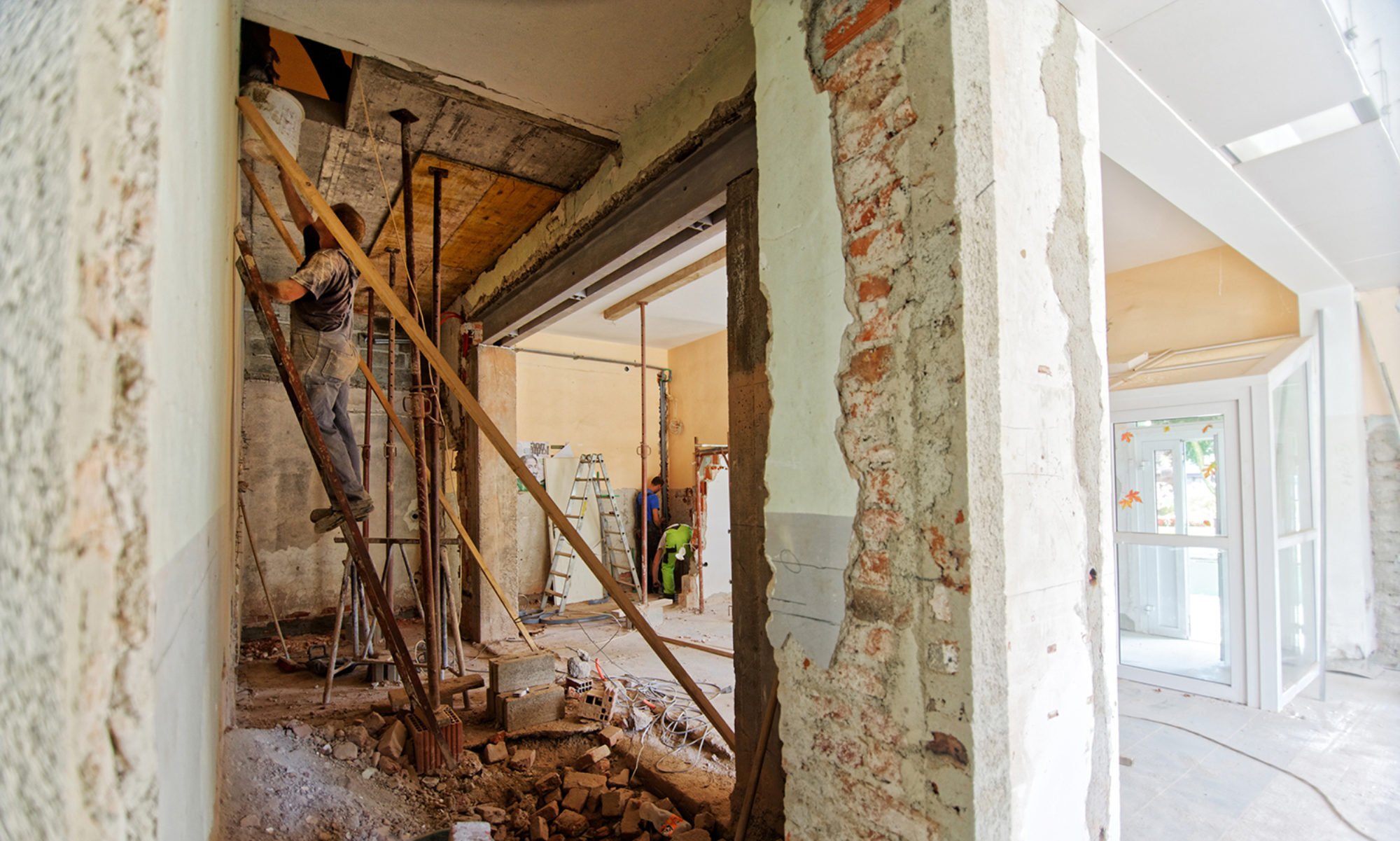Bathroom Sinks: Pedestal, Wall-mounted, Corner, Console, Trough & Freestanding
Looking for a stand-alone sink and not sure what is the best type? In this article, you’ll learn the characteristics, pros and cons of pedestal, wall-mounted, corner, console, trough and freestanding sinks.
The advantages of these sinks over vanity countertops are they are smaller and cheaper. They are ideal for smaller bathrooms and powder rooms, where you need less space to support and store things.
If you’re still not sure a stand-alone sink is the best option for you, see this article on how to decide. For types of wash basins for bathroom countertops, see this other article.
Page Contents:
Pedestal bathroom sinks
This classic sink used to be seen in mostly every bathroom, but it’s getting quite rare.
Probably because they use more material and space than the other options here, and nowadays you obviously don’t need a pedestal to install a sink.
The pedestal will occupy a space you could otherwise use for storage. But if you have a large bathroom or no need for storage, you can take advantage of your space to rescue this vintage piece.
Pedestal sinks are usually spacious and look nice and classic, being welcome in stylish decors.
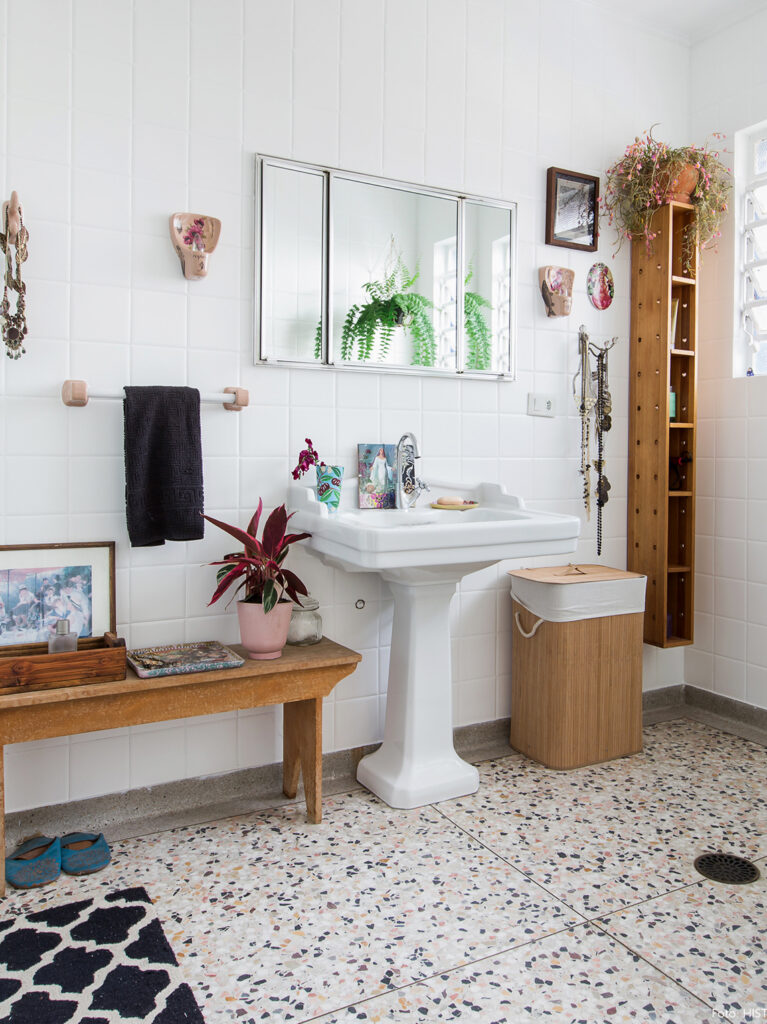
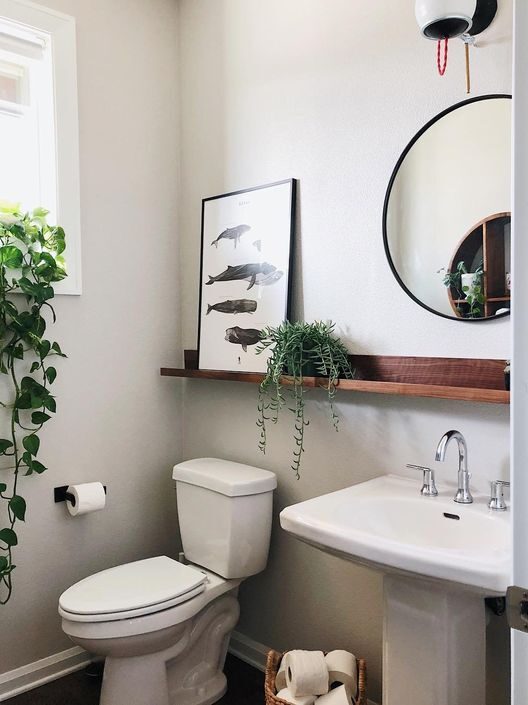
Wall-mounted bathroom sinks
Commonly used in smaller bathrooms, wall hung sinks are usually smaller and allow you to use the underneath space for storage if needed.
The most obvious con is the visible drain, even when you have a cabinet, as it is usually not a built-in piece, due to the shape of the sink.
These are usually the cheapest sink models.
Still, nowadays you can find some nicely designed pieces and make a stylish, minimalist decor using them.
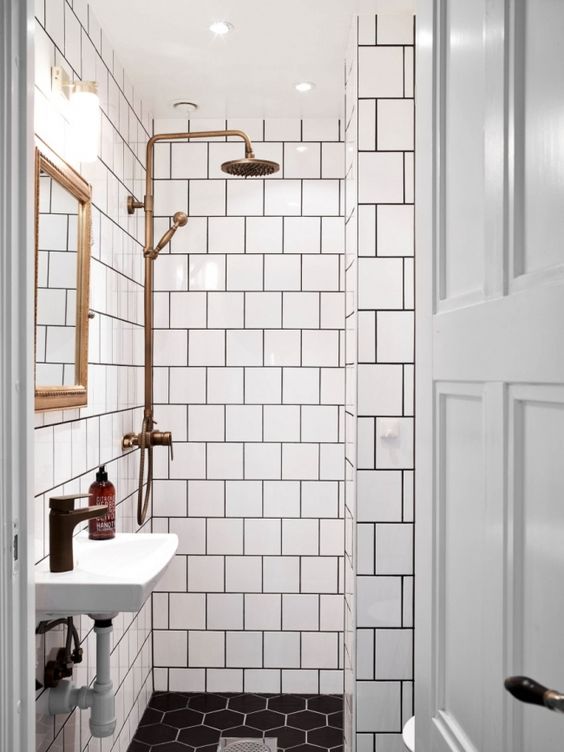
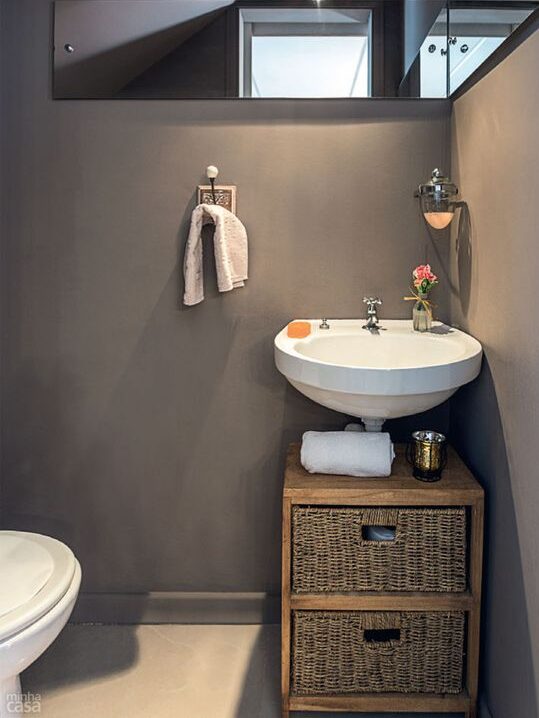
Corner bathroom sinks
In really small bathrooms, the only option to fit may be a corner sink.
Also wall-mounted and cheap, they are usually even smaller than regular wall-mounted sinks.
They also have the con of the apparent drain.
And as them, they can look stylish rather than cheap, depending on the model you pick and on the rest of the decor.
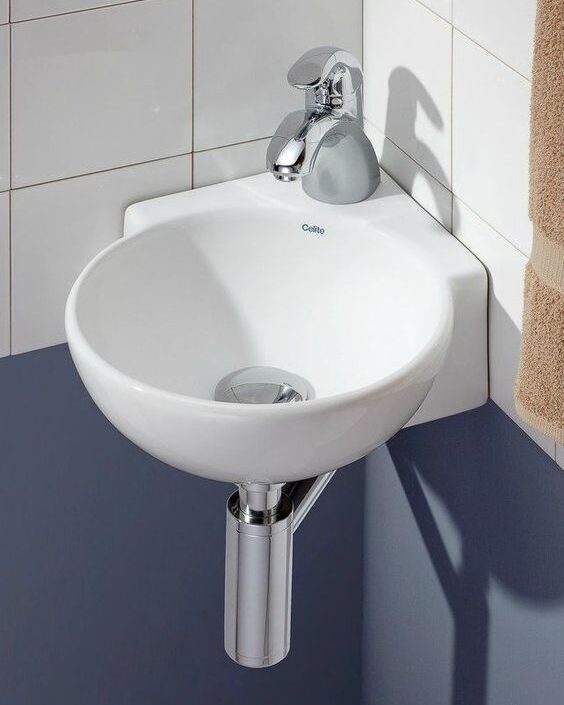
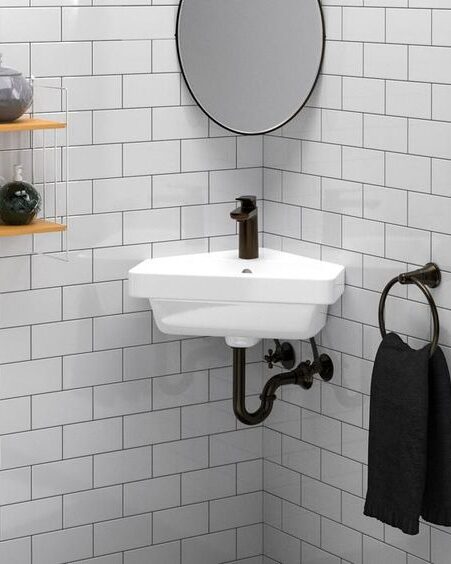
Console bathroom sinks
Console sinks are supported by a metallic structure.
This gives the bathroom a sophisticated look and also creates room for some underneath storage. Not in a cabinet, since the console does not leave space for that, but you can have something like a basket on the floor.
The sink shape can also be different from the ones supported on pedestals, with more countertop space.
The disadvantage is this type is more expensive than the previous ones.

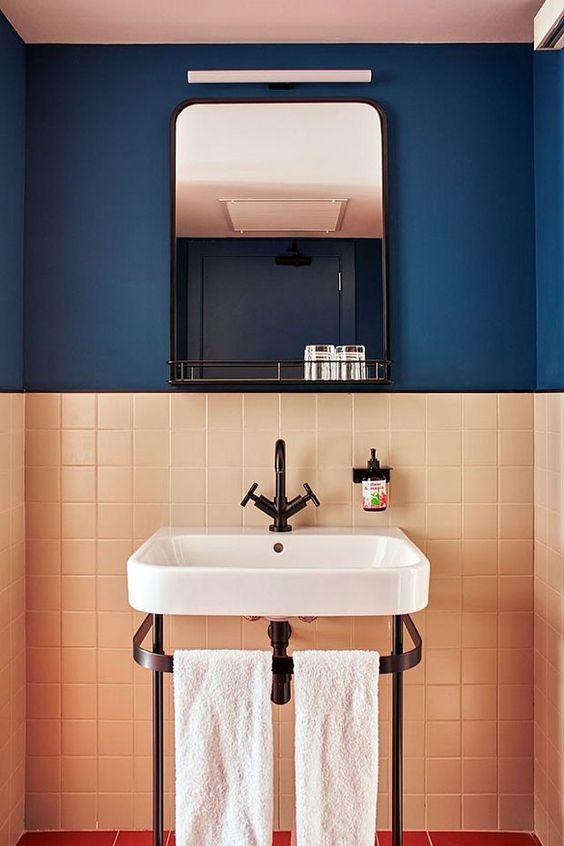
Trough bathroom sinks
This type is wider, suitable for two faucets. Not every trough sink is a stand-alone type. There are also trough basins for countertops. The stand-alone ones are usually console double sinks.
If you want a double sink but your bathroom is not so large, you can use a trough sink instead of a countertop with two basins, as the countertop would require some more empty space around each basin.
Trough sinks can have two basins closer together without a tight look.
Another advantage is an original style, since this type of sink is not that popular, and looks so nice!
The obvious con is the higher price – compared to the previous options, not to a countertop with two basins.
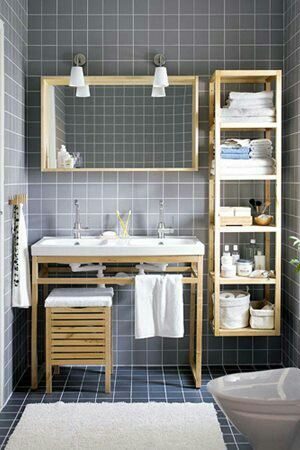

Freestanding bathroom sinks
A modern version of pedestal sinks, this type includes the sink and the pedestal in a single piece.
There are quite different designs for freestanding sinks, like sculptural pieces to be the highlight of the bathroom.
They are usually pricey and not too big. They can make a unique decor in a small bathroom.

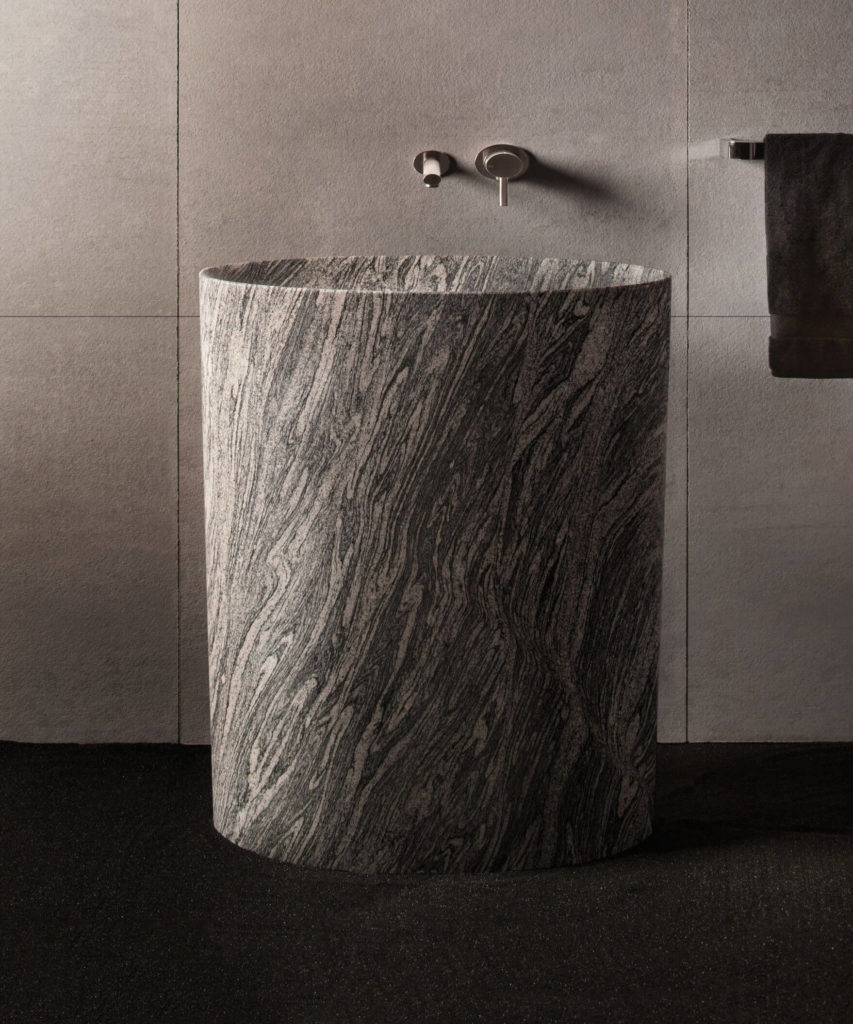
So, do you know the best type of stand-alone sink for your bathroom yet? Pedestal, wall-mounted, corner, console, trough or freestanding?
Now how about learning about bathroom faucets?
